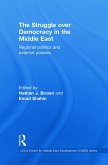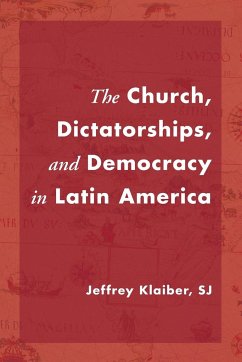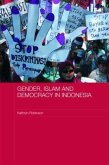This is one of four projected volumes to emerge from a massive, Pew-funded study that sought to answer the question: What happens when a revivalist religion based on scriptural orthodoxy participates in the volatile politics of the Third World? Is the result a democratic politics of the ballot box, or is it more like an authoritarian politics of command from on high? Does the evangelical faith of the Bible hinder or promote a politics of the ballot box? At a time when the global-political impact of another revivalist and scriptural religion - Islam - fuels vexed debate among analysts the world over, these volumes offer an unusual comparative perspective on a critical issue: The often combustible interaction of resurgent religion and the developing world's unstable politics. The present volume considers the case of Latin America, where evengelical Protestantism is increasingly challenging the historical Catholic hegemony in the religious sphere. In Latin America, Protestant identity was forged in relation to the dominant Catholicism, producing an "adversarial" style of Protestantism. This necessarily colors the role of evangelicalism in Latin America civil society. In his Introduction editor Paul Freston offers a historical overview of evangelicalism in the region. The book then offers individual case studies of five countries: Brazil, Peru, Mexico, Guatemala, and Nicaragua. The contributors, mainly younger scholars based in Latin America, bring first hand-knowledge to their chapters and employ both field and archival research to develop their data and analyses. The result is a groundbreaking work that will be indispensable to everyone concerned with the future of theregion.








